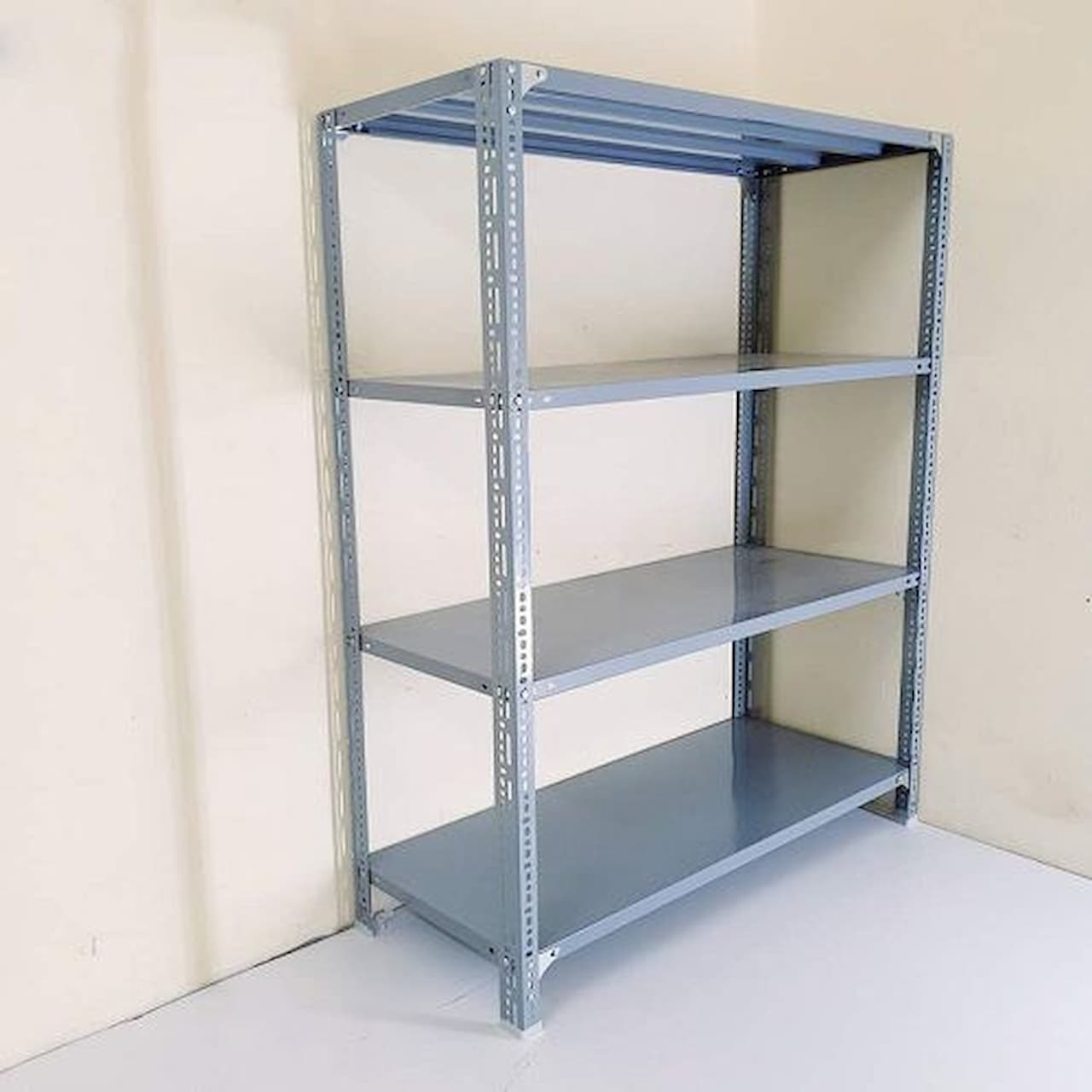Pallet racking is any material handling storage system that stores materials on pallets in horizontal rows on multiple levels. Pallet racks need the utilization of a forklift truck to load and unload pallets to the racks. All pallet racking, regardless of the style, will heighten the storage density of your warehouse, retail centers, and then for any other storage facility.

There are lots of a few when scouting for which style of racking meets your needs:
• Storage density required/desired
• Building space, both floor area and height
• Keeping obstructions like doors, support beams, columns, etc.
• Inventory dimensions
• Inventory accessibility
• Cost
Selective pallet rack will be the least dense along with the least expensive, and permits direct access to each product at intervals of shelf height. They come in two main styles, roll formed and structural. Roll formed racking is usually lighter and possesses horizontal load beams which might be locked in to place by clips, and therefore are typically adjustable in 2 inch increments. As a result adjusting the rack heights a breeze, but roll formed pallet racks cannot hold as much weight as other designs, and tend to be less proof against impact by forklifts.
Structural selective racking is a bit more durable because the horizontal beams are attached to the upright beams with bolts. Both types of selective racks are adjustable and invite for personalization, but roll formed is less durable plus much more susceptible to damage. Structural pallet rack also is a area of the building's structure, replacing the building's I-beams, setting up a rack supported building.
Other sorts of pallet rack include drive-in/drive-through, push-back, and pallet flow rack. These kinds allow for more dense storage, but you cannot access any inventory item at any time. It takes more planning and organization to properly use this type of racking, but when performed correcly is incredibly efficient.
Drive in/through racks permit lift equipment drive an automobile into the rack's rows. Drive-thru is open at each feeder point enabling a forklift to drive completely through the rack, whereas drive in is only open at one end. Drive in uses a LIFO type of inventory (last in, first out), meaning that the very first pallet to be saved in a row is the 4g iphone out, as well as the last one to become stored will be the first one out. Drive through used either the LIFO or FIFO way of storing, because pallets could be accessed from either sides.
Drive-in/drive-through rack is definitely an dense technique of storage, as it doesn't need aisles in between each rack system. This style could be damaged somewhat easily because forklifts cross the rows with hardly any clearance on either side.
Push-back pallet rack employs depth for additional storage capacity because it can typically store between four and six pallets deep, and pallets are stored on wheeled carts that lay on the top of rails.
These rails are angled slightly toward leading with the racking, causing pallets to roll forward on account of gravity. Whenever a forklift loads a new pallet right into a row with pallets already inside it, it pushes the existing pallets back. Every time a forklift needs a pallet out, the many other pallets slide forward for the front. Mtss is a great labor saver but can be more expensive than selective and structural rack, therefore it depends upon how dense you may need your storage space to become.
Pallet flow rack is incredibly comparable to break the rules rack for the reason that it takes benefit of depth and gravity for extra storage density. Pallet are placed on roller wheels with a slight incline to ensure that pallets proceed to the front with the rack automatically. These systems could have braking systems that control the speed with the moving pallets for really safety. Based on your setup, pallet flow rack may be loaded within the back and picked at the front (FIFO), or loaded and picked right in front (LIFO).
To read more about Ke sat have a look at this popular resource
